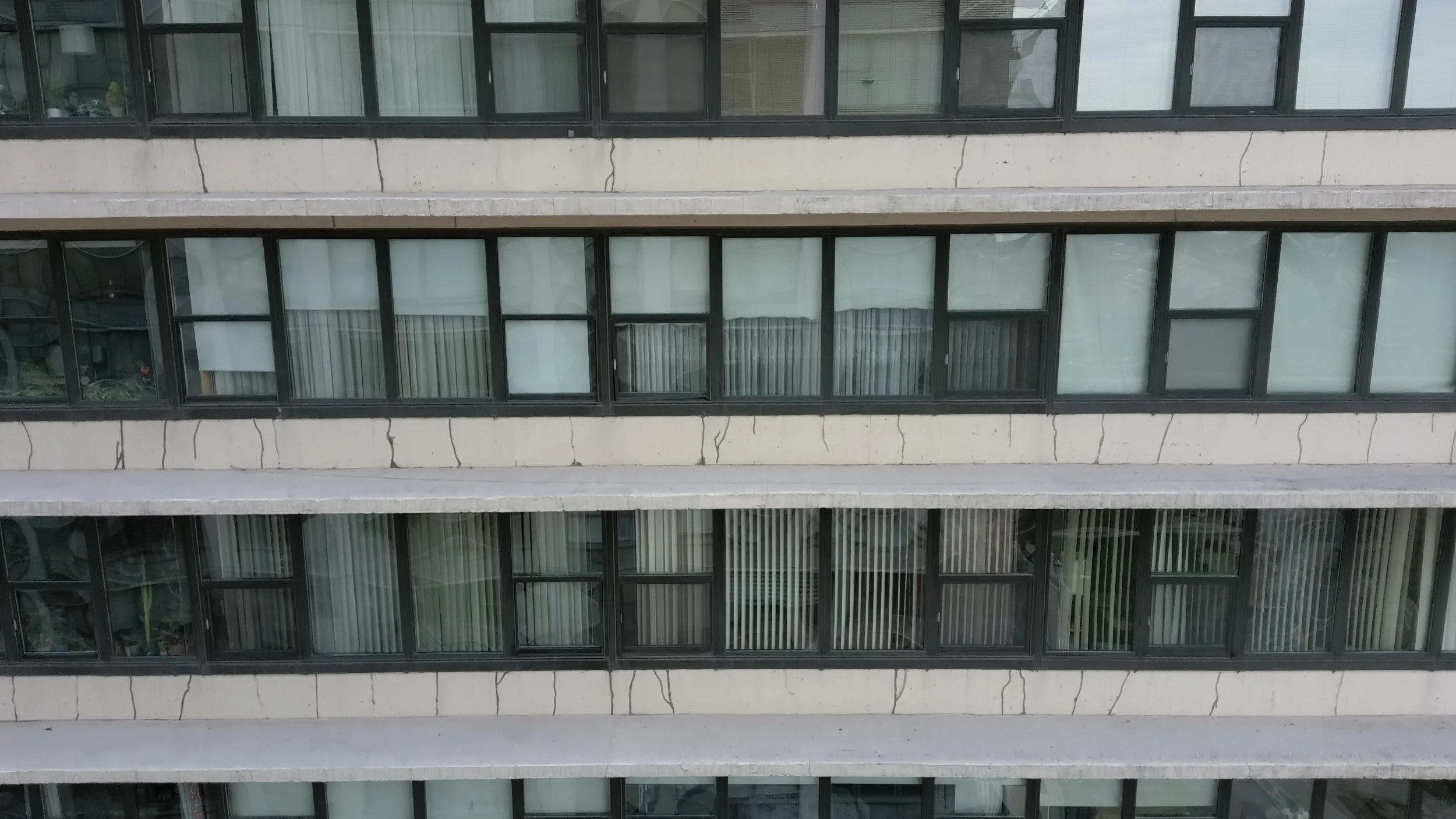Drones are transforming building envelope monitoring by providing a safer, more efficient, and cost-effective way to assess a building's exterior. Overall, drones enhance data collection, reduce costs, and improve safety compared to traditional inspection methods.
Thermal imaging is a powerful tool for assessing roof assemblies, offering a non-destructive method for detecting and monitoring moisture issues. By identifying temperature differences associated with trapped moisture, it reveals hidden leaks, areas of water intrusion, and potential damage beneath the roofing membrane, often before visible signs appear. This allows for targeted repairs, preventing costly widespread damage and extending the life of the roof. Thermal imaging can also be used to verify the effectiveness of repairs and monitor the drying process after a leak, ensuring the roof assembly is performing optimally. The ability to quickly scan large areas makes it an efficient solution for both routine inspections and investigating suspected problems.
Drone cameras are increasingly being used to monitor building facades and roofs. This technology allows for efficient and thorough inspections, even in hard-to-reach areas. By capturing high-resolution images and videos, drones can identify potential issues such as cracks, leaks, and structural damage. This information can then be used to make informed decisions about maintenance and repairs, ultimately improving safety and reducing costs.

